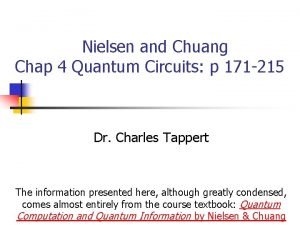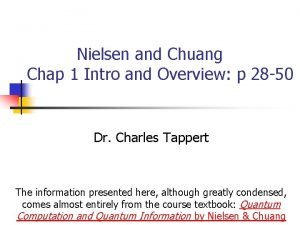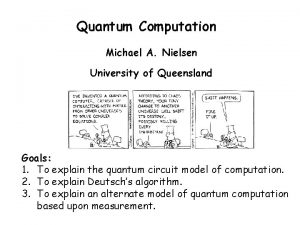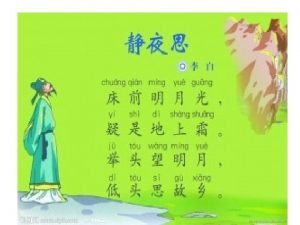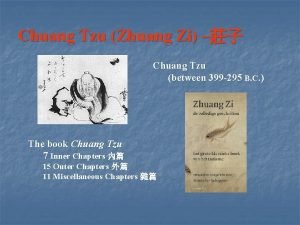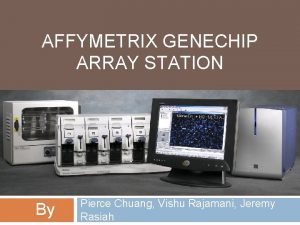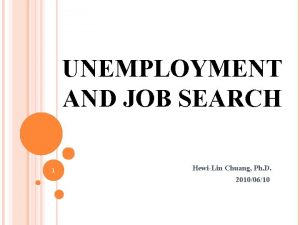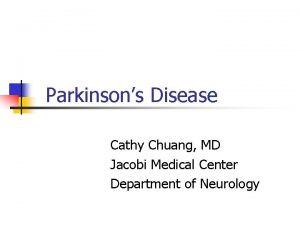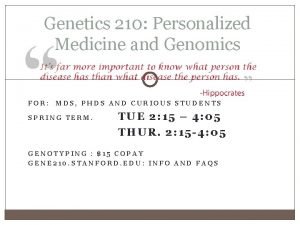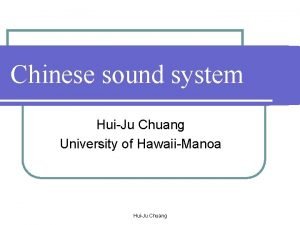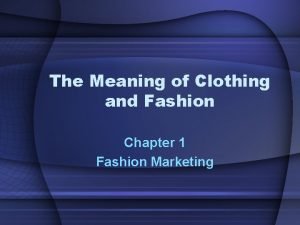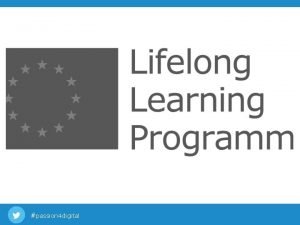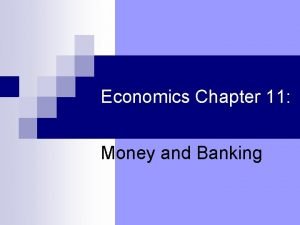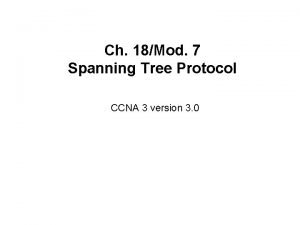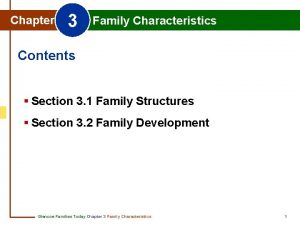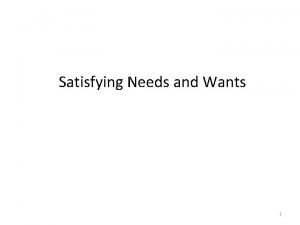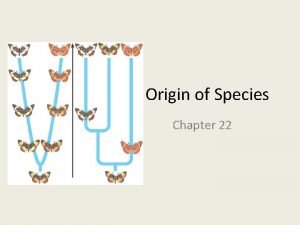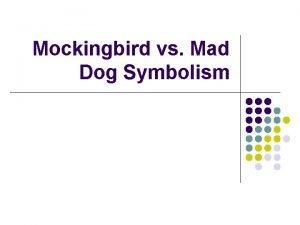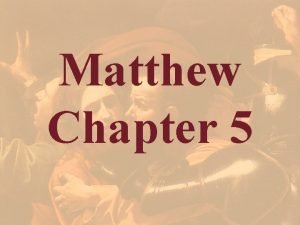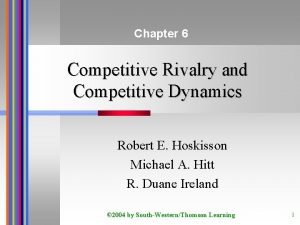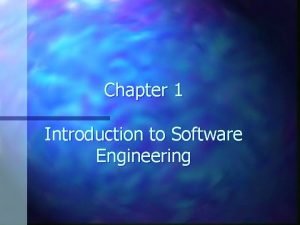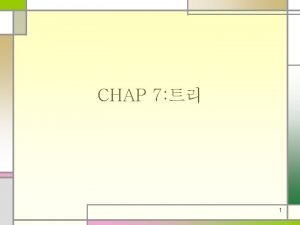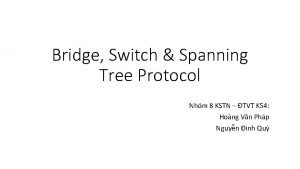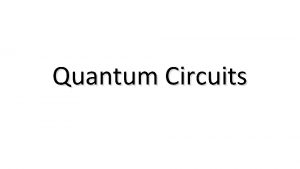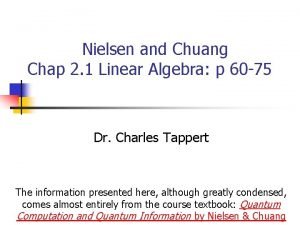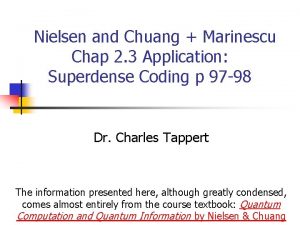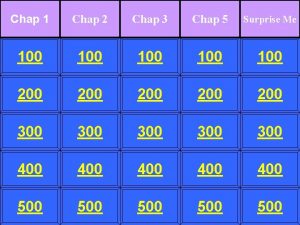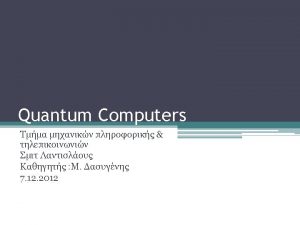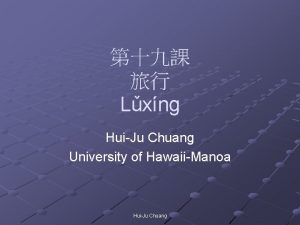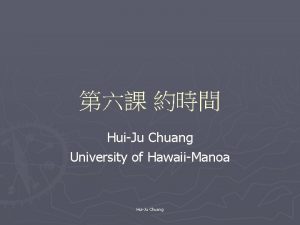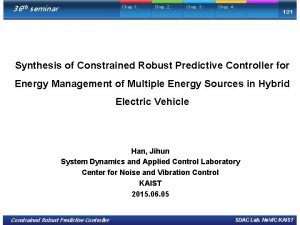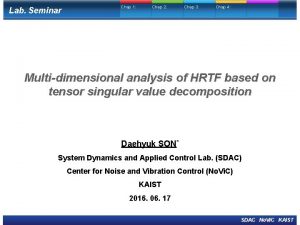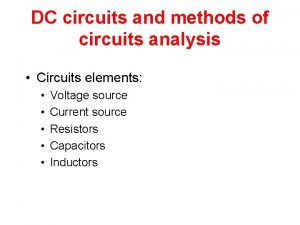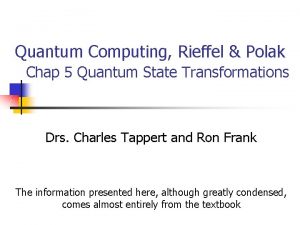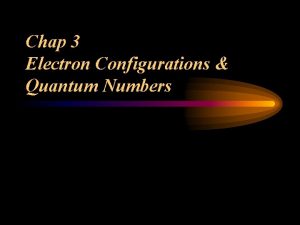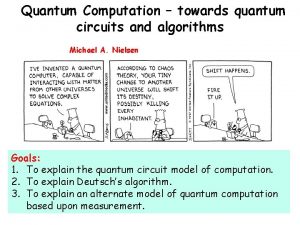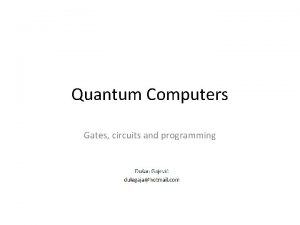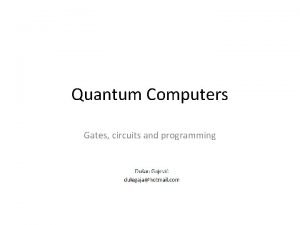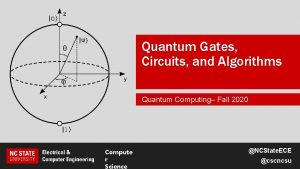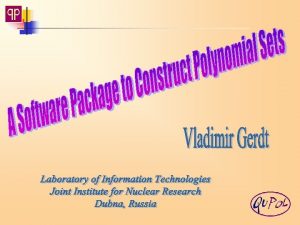Nielsen and Chuang Chap 4 Quantum Circuits p































- Slides: 31

Nielsen and Chuang Chap 4 Quantum Circuits: p 171 -215 Dr. Charles Tappert The information presented here, although greatly condensed, comes almost entirely from the course textbook: Quantum Computation and Quantum Information by Nielsen & Chuang

4 Quantum Circuits n This chapter develops the fundamental principles of quantum computation n n Establishes the building blocks for quantum circuits, a universal language for describing sophisticated quantum computations The next two chapters cover the two known-todate fundamental quantum algorithms n n Quantum Fourier transform Quantum search algorithm

4 Quantum Circuits n This chapter introduces two main ideas n Quantum circuit model n n Universal sets of gates n n The fundamental model of quantum computation That can express any quantum computation This chapter is the most reader-intensive of all the chapters, with high density of exercises n Facility with the quantum circuit model is easy but requires grasping a large number of simple results and techniques

4. 1 Quantum Algorithms n n The spectacular promise of quantum computers is to enable new algorithms, which allows solving problems efficiently that require huge resources on a classical computer Figure 4. 1. The main quantum algorithms and their relationships and notable applications n Note quantum counting algorithm, a combination of quantum Fourier transform and search algorithms

4. 1 Quantum Algorithms

4. 2 Single Qubit Operations Common Single Qubit Gates

4. 2 Single Qubit Operations n n The single qubit state can be visualized as a point on the unit sphere called the Bloch sphere representation And the Bloch vector is

4. 2 Single Qubit Operations Exercise 2. 11 required by Exercise 4. 1

4. 2 Single Qubit Operations Exercise 4. 1

4. 2 Single Qubit Operations n Rotation operators for the Pauli matrices

4. 2 Single Qubit Operations Exercise 4. 2

4. 2 Single Qubit Operations Exercise 4. 7

4. 2 Single Qubit Operations n n An arbitrary unitary operator on a single qubit can be written in many ways as a combination of rotations and global phase shifts Theorem 4. 1: (Z-Y decomposition for a single qubit) Suppose U is a unitary operation on a single qubit. Then there exist real numbers n proof in textbook

4. 2 Single Qubit Operations n n The utility of Theorem 4. 1 is in the corollary Corollary 4. 2: Suppose U is a unitary gate on a single qubit. Then there exist unitary operators A, B, C on a single qubit such that

4. 2 Single Qubit Operations Exercise 4. 13

4. 2 Single Qubit Operations Common Single Qubit Gates

4. 3 Controlled Operations n The controlled operation is one of the most useful in computing, classical and quantum n n If A is true, then do B Basic CNOT operation X= More general controlled U

4. 3 Controlled Operations n More CNOT gate information from the book Approaching Quantum Computing click here n Computes CNOT information n n Using ket/bra and matrix/vector formulations In particular, computes CNOT matrix as the sum of the outer products of the input and output basis bra/ket vectors

4. 3 Controlled Operations Controlled-U with Single Qubit Ops & CNOT n n Understand how to implement controlled-U operation for arbitrary single qubit U using only single qubit operations and the CNOT gate Step one of two-part procedure n n Apply phase shift exp(ia) on the target qubit controlled by the control qubit That is

4. 3 Controlled Operations Controlled-U with Single Qubit Ops & CNOT Verify right hand side works

4. 3 Controlled Operations Controlled-U with Single Qubit Ops & CNOT

4. 3 Controlled Operations Controlled-U with Single Qubit Ops & CNOT n Step two of two-part procedure – figure 4. 6 n n n From Corollary 4. 2, let where A, B, and C are single qubit ops and ABC = I If the control qubit is set, then is applied to the second qubit, otherwise the operation ABC = I is applied yielding no change Thus, the right hand side works and it contains only CNOT and single qubit operations

4. 3 Controlled Operations Controlled-U with Single Qubit Ops & CNOT X X

4. 4 Measurement n To denote a projective measurement in the computational basis, we use the meter symbol

4. 4 Measurement n There are two important principles about quantum circuits worth emphasis n Principle of deferred measurement: measurements can always be moved to the end of the circuit n n If measurement results are used in the circuit, classically controlled operations can be replaced by quantum controlled operations Principle of implicit measurement: quantum wires not measured at the end of the circuit can be assumed to be measured n Obvious but surprisingly useful result

4. 5 Universal Quantum Gates n Universal classical computation gates exist n n Because the Toffoli gate is universal for classical computation, quantum circuits subsume classical circuits Similarly, there exist sets of gates universal for quantum computation

4. 5. 1 Two-level Unitary Gates are Universal n An arbitrary unitary matrix U can be decomposed into a product of two-level unitary matrices n n Matrices acting non-trivially on two-or-fewer vector components Proof in textbook

4. 5. 2 Single Qubit and CNOT Gates are Universal n n n The previous section showed that an arbitrary unitary matrix U can be decomposed into a product of two-level unitary matrices We now show that single qubit and CNOT gates together can implement an arbitrary two-level unitary operation on the state space of n qubits Therefore, single qubit and CNOT gates are universal

4. 5. 3 A Discrete Set of Universal Operations n The previous section showed that single qubit and CNOT gates are universal n n But no method is known to implement these gates so they are resistant to errors We now find a universal set of gates that chapter 10 will show perform in error-resistant fashion using quantum error-correcting codes

4. 5. 4 Approximating Arbitrary Unitary Gates is Generally Hard n n We have seen that any arbitrary transformation on n qubits can be built from a small set of elementary gates However, this it is often not possible to do this efficiently n Most can only be implemented very inefficiently

4. 6 Summary of the Quantum Circuit Model of Computation n n In this book the term quantum computer = quantum circuit model of computation Summary of key elements of the model n n n Classical resources: classical + quantum parts A suitable state space: 2 n-dimensional Hilbert space Ability to prepare states in the computational basis Ability to perform quantum gates Ability to perform measurements in the computational basis
 Nielsen and chuang
Nielsen and chuang Nielsen chuang
Nielsen chuang Chap chap slide
Chap chap slide Nielsen quantum computing
Nielsen quantum computing What is a parallel circuit in physics
What is a parallel circuit in physics Quantum physics vs quantum mechanics
Quantum physics vs quantum mechanics Quantum physics vs mechanics
Quantum physics vs mechanics Chuang qian ming yue guang li bai
Chuang qian ming yue guang li bai Chi zao fan
Chi zao fan Cs399
Cs399 Pierce chuang
Pierce chuang Chuang
Chuang Cathy chuang
Cathy chuang Rosalind chuang
Rosalind chuang Chuang pronunciation
Chuang pronunciation Small and round like a pearl i am black when i am whole
Small and round like a pearl i am black when i am whole 1 of 1 clothing meaning
1 of 1 clothing meaning Passion chap 6
Passion chap 6 Bank run chap 11
Bank run chap 11 Durbin chap
Durbin chap Kstn chap 18
Kstn chap 18 Characteristics of family
Characteristics of family The origin of species chapter 22 manhwa
The origin of species chapter 22 manhwa Satisfying needs chap 6
Satisfying needs chap 6 The origin of species scan vf
The origin of species scan vf Mad dog symbol
Mad dog symbol If thy right hand offend thee
If thy right hand offend thee Chapter 1 learning about children
Chapter 1 learning about children Rivalry 1 ch 6
Rivalry 1 ch 6 System engineer chap 1
System engineer chap 1 Chap tree
Chap tree Kstn chap 7
Kstn chap 7
